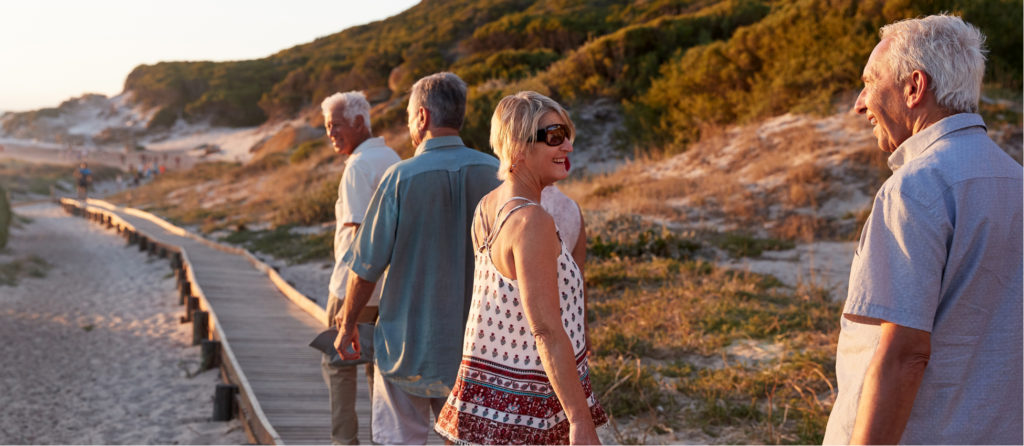Blyton is a long straggling village along the A159, a few miles north of Gainsborough. Apart from the Ice Cream Parlour, small cafe and Blyton Park Driving Experiences, there is little to attract the tourist. There is little information about the village or church on the internet.
The church is set back from the road and is normally kept locked. I had read that it contained flags of the allies from the First World War which were given to the church by their monarchs and heads of state.
I love a good story so that was a good reason to visit the church on the rare occasion of it being opened for The West Lindsey Churches Festival.
Only the base of the church tower and a Norman arch inside the church remain of the original Norman church. The church was extended in the C13th when the side aisles and arcades were added. The wood beamed roof with the clerestory and the font are C15th. The church was extensively restored in the late C19th when the chancel and north aisle were
Opening the door, the first feeling is of a sad and rather unloved church. The Vicar is responsible for five other churches in the area and there is a list of service times on the church noticeboard.
With its rough stone walls and a wooden roof, it at first feels quite dark. The glare of sunlight streaming through the large east windows makes photography difficult.
The allied flags hang from the nave roof and after one hundred years are beginning to show their age…
The story of the flags begins with request by the mother of a Blyton soldier who had been killed in France for a French flag to hang in the church in his memory. Hearing this, another mother who had lost a son in Belgium asked for a Belgium flag. The vicar, Reverend Potto Letts, wrote to the different embassies and consulates of all the Allied companies requesting a flag to hang in the church.
King Albert quickly responded with a message and the Belgian flag. The French President sent the Tricolour. The Viceroy of India, and the Governors of Australia, Canada, New Zealand and South Africa all sent empire flags. The King of Italy, Emperor of Japan, President Wilson of the USA and the President of Portugal all responded. Romania and Yugoslavia also sent flags. Lloyd George who was Prime Minister during the war but then out of office, sent a Welsh flag. Admiral Beatty sent a white ensign reputed to have been flown at the Battle of Jutland. Apparently George V refused to send a Royal Standard because protocol only allowed the flag to be flown when the king is actually present…
Other thibngs to note are the remains of teh rood bar above the chancel arch, the stone graveslab which forms the altar in the side aisle, and the brass memorial in the chancel to the the two children of Sir John Wray of Wharton, who died in infancy. He was MP for Lincolnshire and He approved the executions of Thomas Wentworth, 1st Earl of Strafford and William Laud, but not of Charles I. He supported the Parliamentary cause in the English Civil War and is buried in the nearby Glentworth Church.
It was an interesting visit and I’m glad I went and I can now cross that of my todo list.
website
https://www.nationalchurchestrust.org/church/st-martin-blyton












